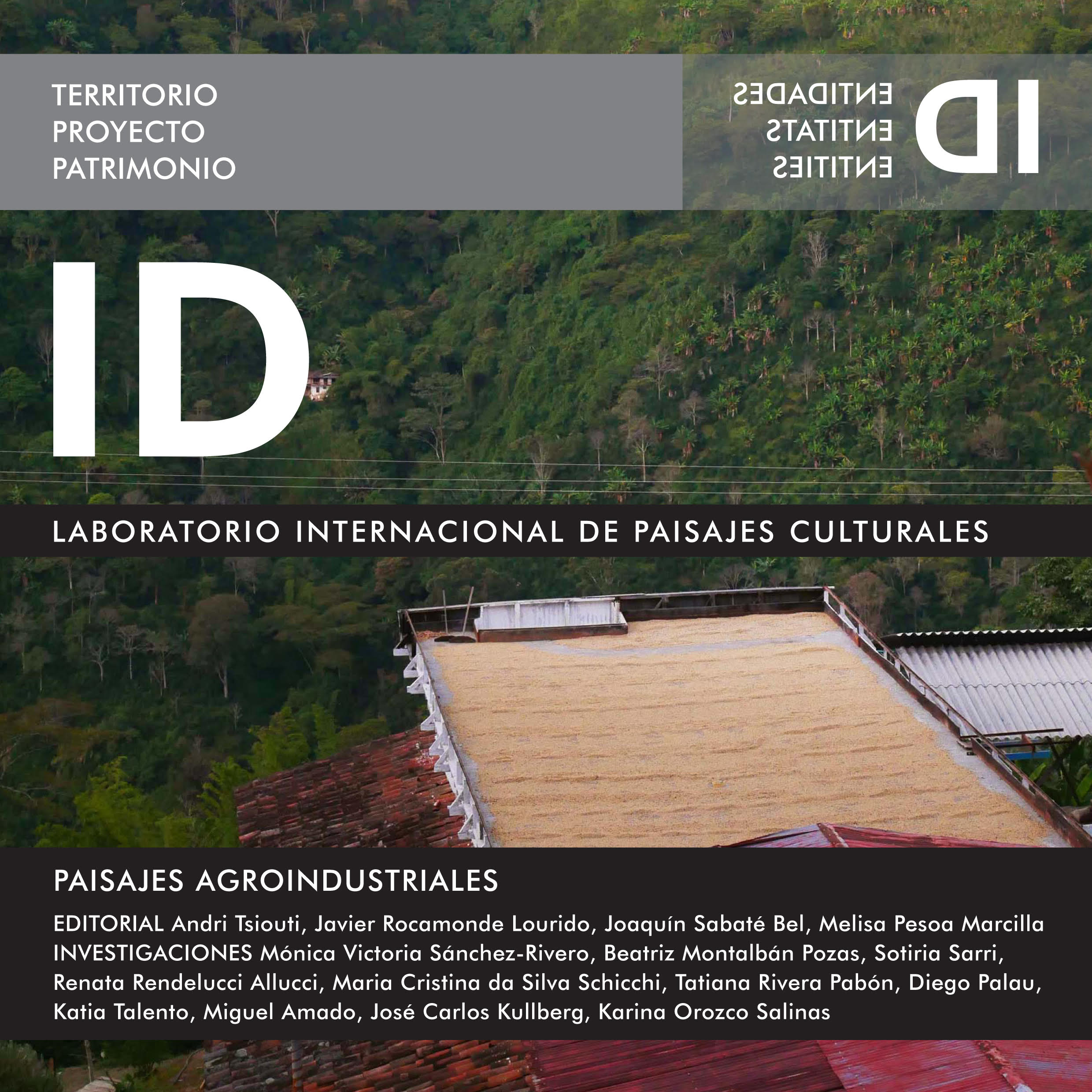THE REUSE OF MARBLE WASTE HEAPS IN THE ESTREMOZ ANTICLINAL
DOI:
https://doi.org/10.5821/identidades.10266Resum
Nowadays, the original image and structure of the territory have been permanently changed, by human action, due to the intense industrialization. The quarries represent the industrial activity that causes more transmutations in the landscape, modifying it in a more invasive manner. The present research describes a case study in Portugal where is located the highest concentration of marble quarries, flanked by escombreiras, large waste heaps. The work highlights the importance of the waste reuse concept in landscape and architecture, preserving the industrial memory and the identity of the place. The research, through an exhaustive analysis of real examples of quarries rehabilitation, investigates innovative methods to regenerate the Portuguese abandoned landscape. The investigation is expected to prompt the implementation of projects to revitalize the discarded spaces, and to reuse the local waste material for the creation, in situ, of architectonic and landscape elements, and to increase the knowledge on waste reuse procedures.
Keywords: Estremoz Anticlinal, marble quarries, waste heaps, waste reuse
Descàrregues
Publicades
Número
Secció
Llicència
Aquellos autores/as que tengan publicaciones con esta revista, aceptan los términos siguientes:
- Los autores/as conservarán sus derechos de autor y garantizarán a la revista el derecho de primera publicación de su obra, el cuál estará simultáneamente sujeto a la Licencia de reconocimiento de Creative Commons CC BY-NC-ND- 4.0 que permite a terceros compartir la obra siempre que se indique su autor y su primera publicación esta revista, pero no se pueden cambiar ni se pueden utilizar comercialmente.
- Los autores/as podrán adoptar otros acuerdos de licencia no exclusiva de distribución de la versión de la obra publicada (p. ej.: depositarla en un archivo telemático institucional o publicarla en un volumen monográfico) siempre que se indique la publicación inicial en esta revista.
- Se permite y recomienda a los autores/as difundir su obra a través de Internet (p. ej.: en archivos telemáticos institucionales o en su página web) antes y durante el proceso de envío, lo cual puede producir intercambios interesantes y aumentar las citas de la obra publicada. (Véase El efecto del acceso abierto).













